

For current listings,
use our Property Search
or automated new listing notification –
RealtyWatcher.
Contents
If you have any questions or comments, don't hesitate to .
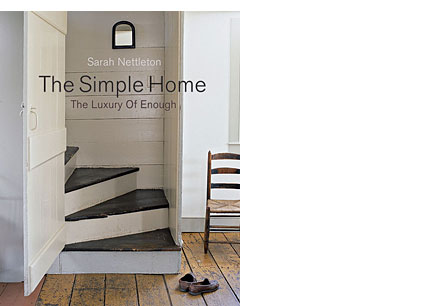
Permissions: Photographs by Randy O'Rourke from The Simple Home: The Luxury of Enough, Sarah Nettleton, AIA, author, published in February 2007, courtesy of The Taunton Press.
Our ideas of simple living may presume the elimination of clutter, and we may wonder, why can't we rid ourselves of it? The things we accumulate serve many purposes, one of which may be to hide from ourselves and others, another to mark our territory. The cluttered environment is forgiving of error in a way that simplicity is not. Few of us will take possession of our space by commissioning a custom home, but learning more of what that feels like can help us embrace differently the homes we have.
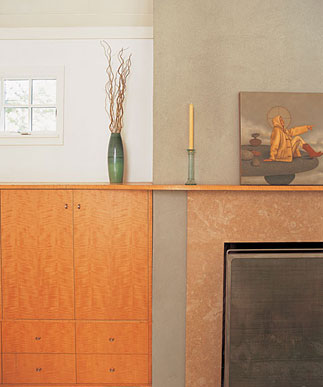
The trend toward greater square footage in new construction has provoked a backlash in the design of custom homes. Instead of a mini-mansion impressive for its size, a new custom home's luxury may reveal itself by what it enables its residents to do without.
In The Simple Home, architect Sarah Nettleton presents twenty-one houses that exemplify sufficiency, flexibility, thrift, timelessness, sustainability, and "the resolution of complexity." The houses reveal the owners' character by eliminating elements that do not express it. They say, of their owners, "This is how I choose to live. This is what's important to me."
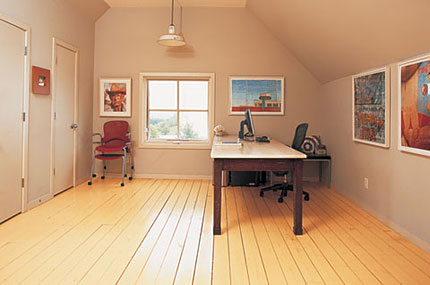
What's important to these homeowners, obviously, is economy in its elegant sense, and elegance in its functional sense. The homes take less energy to live in, both in human effort and power utilities. The owners have clarity of purpose and priorities, and the nerve to denude themselves of the consumer lifestyle that had identified them previously; perhaps to release old standards of success that have proven false; and the honesty and confidence to say, "I don't watch much T.V.," or "I like to be alone when I cook," or "I don't mind sharing a bathroom with my children." The Simple Home inspires the reader to seek this.
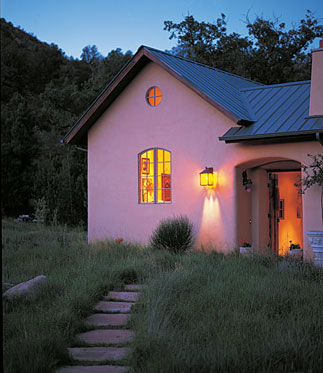
Impressive are the re-engineering of old and new technologies for reducing heating and cooling costs, and at the same time, giving palpable breath to a house. Using local materials can express a love for the region one lives in, and reduce the "carbon footprint" that transportation adds to imported products. A thoughtful arrangement of windows and overhangs that shields the house from high sun also lets in low-angled evening or winter light. Storage spaces built into the interior walls keep a room's lines clean and unbroken. Hallways may take the form of hidden passages, or be scaled large for purposes of ventilation, lighting, or entertaining. Oversized doors and transom lights can add to a sense of space without taking more space.
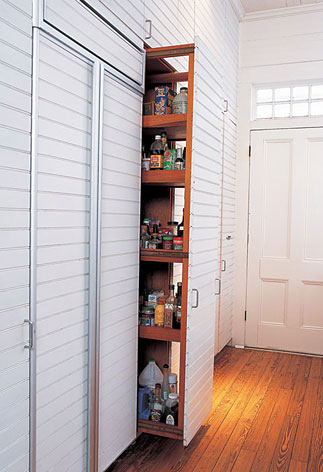
The Simple Home is a retreat from the literature of personal organization, that instead helps the reader reconnect with the vision. We can learn from its stories to discover simple elements in the homes we live in now, and enhance them wisely.
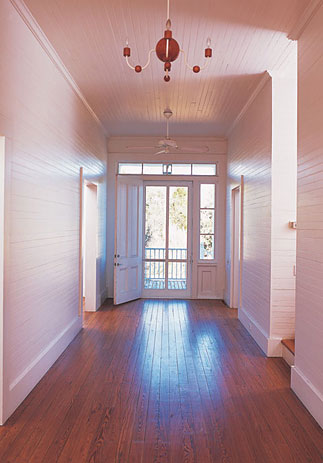
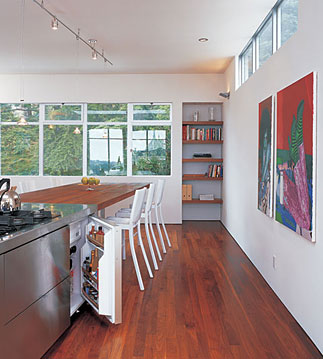
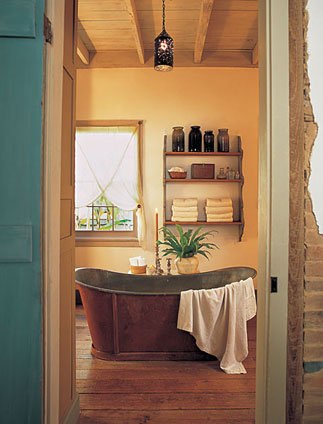
Return to Home by Design